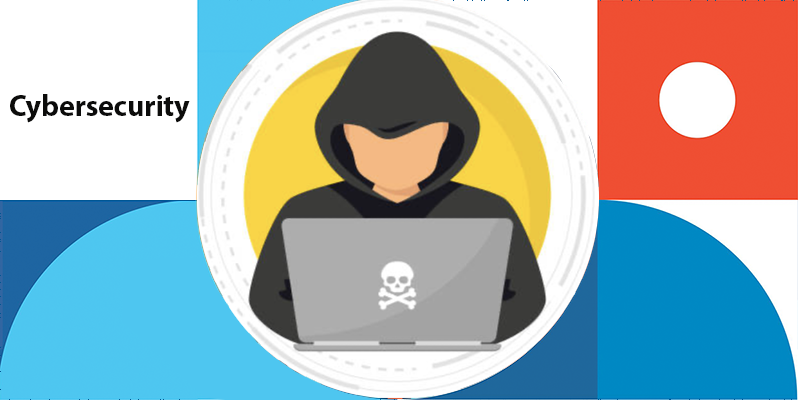Safeguarding Your Business: The Essential Guide to Cybersecurity Attack Response Planning and Recovery
In today’s digital landscape, the potential for cyber threats is an unfortunate reality that all businesses must confront. Unfortunately, most companies are not taking the time to develop an adequate response plan before a cyber attack. From data breaches and ransomware attacks to phishing scams and insider threats, the range of cyber risks is vast and ever-evolving. That’s why having a robust cybersecurity incident response plan is not just a smart business move—it’s a necessity. In this article, we’ll explore the importance of cybersecurity incident response planning and recovery for business owners, and provide actionable steps to help you safeguard your valuable assets.
The Growing Importance of Cybersecurity Incident Response
As businesses rely more on technology for day-to-day operations, the risk of cyber incidents has grown exponentially. A single successful cyberattack can compromise sensitive customer data, erode customer trust, disrupt operations, and lead to substantial financial losses. This is where a well-structured cybersecurity incident response plan comes into play.
1. Preparation: Building a Strong Foundation
Effective incident response starts with proactive planning. Here are key steps to get you started:
- Identify Assets: Understand what digital assets your business holds, including sensitive data, intellectual property, and critical systems.
- Assess Risks: Conduct a thorough risk assessment to identify potential vulnerabilities and threats your business may face.
- Create a Response Team: Assemble a team of individuals from various departments who will be responsible for managing and coordinating the response in the event of a cyber incident.
- Develop a Response Plan: Create a detailed plan outlining the steps to take in case of a cyber incident. This plan should cover various scenarios, from data breaches to malware attacks.
2. Detection and Response: Acting Swiftly
Rapid detection and response can significantly mitigate the impact of a cyber incident. Here’s what you should consider:
- Implement Monitoring Tools: Utilize intrusion detection systems, firewalls, and other cybersecurity tools to monitor network activity and detect anomalies.
- Establish Communication Protocols: Define clear communication channels and procedures that your response team should follow during an incident. Timely communication can prevent further damage.
- Containment and Eradication: Isolate affected systems, contain the breach, and remove the threat from your network to prevent it from spreading.
-
Recovery and Learning: Bouncing Back Stronger
After the immediate threat is neutralized, the recovery process begins:
- Data Restoration: Restore compromised data from secure backups to ensure minimal disruption to business operations.
- Post-Incident Analysis: Conduct a thorough analysis of the incident to understand how it occurred, what vulnerabilities were exploited, and what measures can be taken to prevent similar incidents in the future.
- Employee Training: Train your employees about cybersecurity best practices to prevent human errors that can lead to breaches.
-
Continuous Improvement: Adapting to New Threats
The cybersecurity landscape is ever-evolving, so your incident response plan should be too:
- Regular Testing: Simulate different cyber incidents through tabletop exercises to evaluate the effectiveness of your response plan and make necessary adjustments.
- Stay Informed: Keep up with the latest cybersecurity trends, threats, and best practices to ensure your plan remains relevant and effective.
- Update the Plan: Revise your incident response plan based on new insights, lessons learned, and changes in your business’s technology landscape.
Conclusion
A cybersecurity incident response plan is not a luxury but a critical component of your business’s survival strategy in the digital age. By proactively preparing for potential cyber threats, detecting and responding swiftly, recovering effectively, and continuously improving your plan, you can safeguard your business, protect your customers’ trust, and ensure your operations remain resilient even in the face of cyber adversity. Remember, in the world of cybersecurity, the question is not if an incident will occur, but when. And when it does, your preparedness will make all the difference.
If you would like to learn more about the benefits of Managed IT Services, including cybersecurity, contact us.

